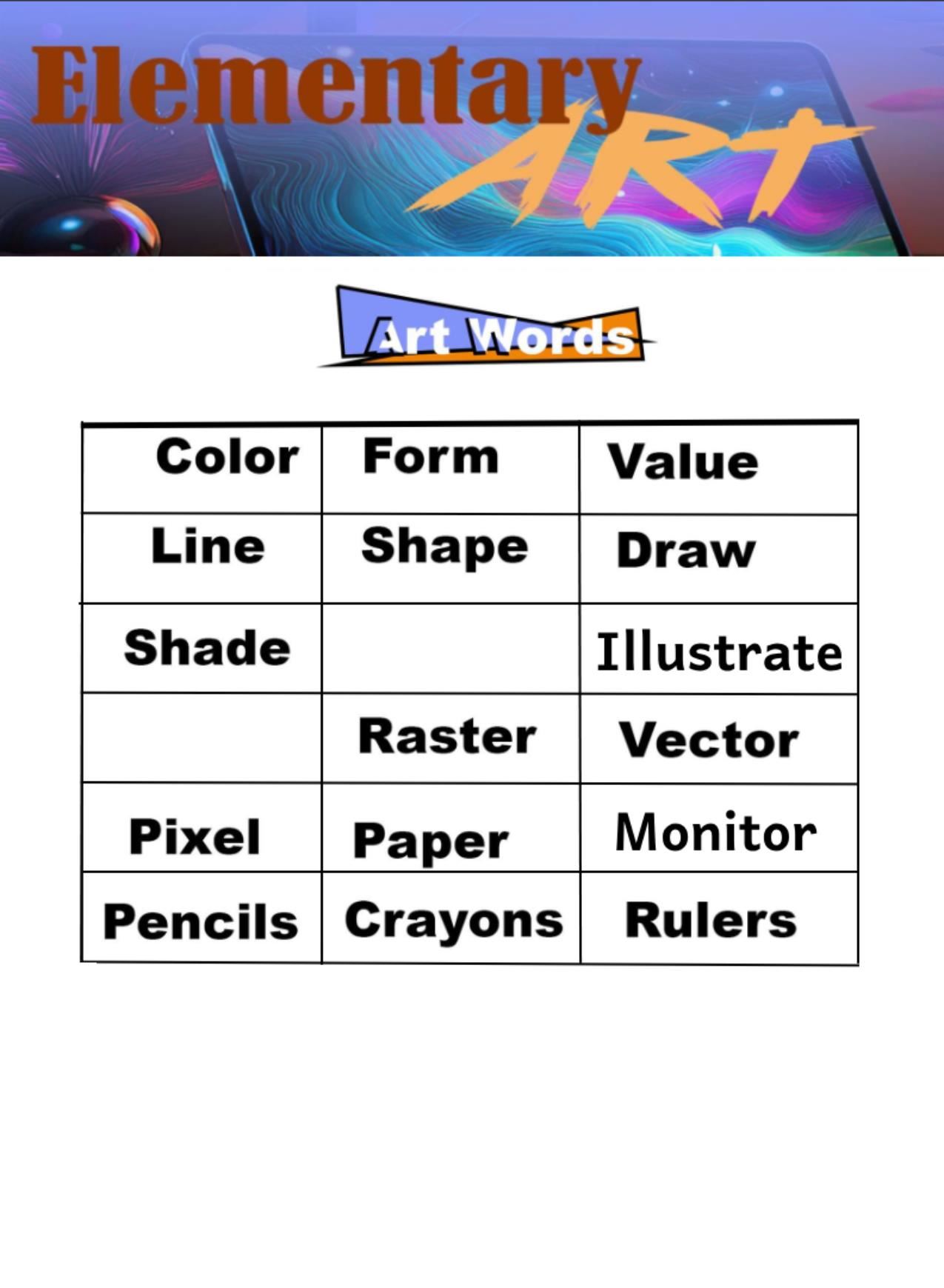- Heights-Terrace Elementary / Middle School
- Instructional
- Art Vocabulary =- with pictures! -= - Update pending
Gartland, M
Page Navigation
- Contact Info
- Rules and Guidelines
- Classroom Management Plan
- Grading
- Mr. G's Flipped Classroom Blog
- Student Digital Art Catalog
- Curriculum and Lesson Plans
- Instructional
- Art Supplies
- 4/22/25 One
- 4-22-25 Two
- 4-22-25 three
- 4-22-25


